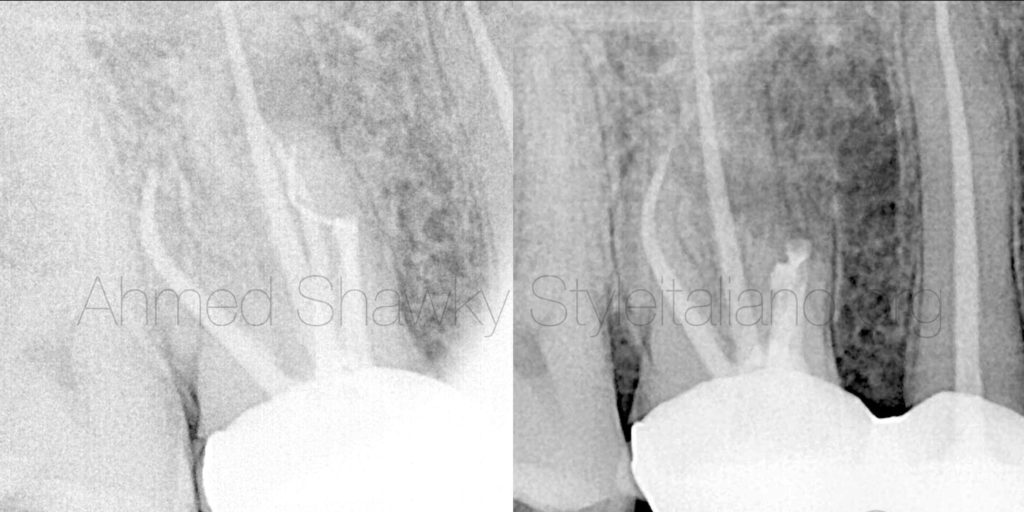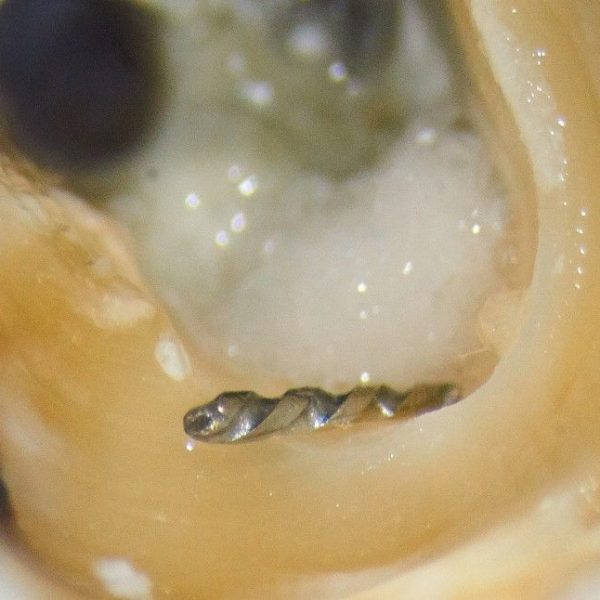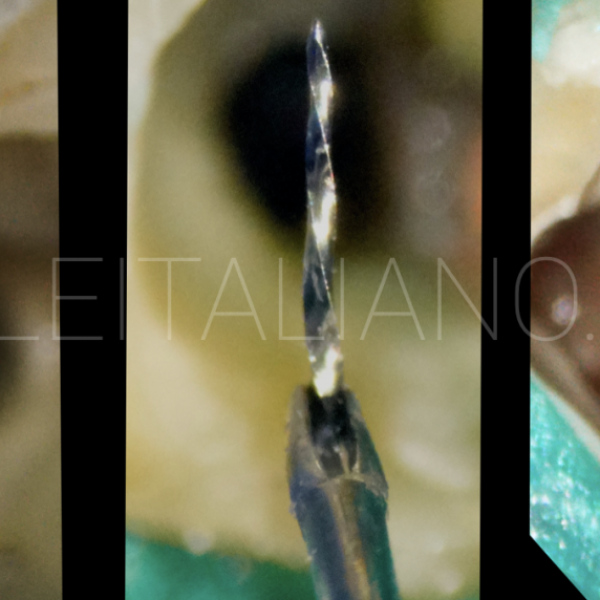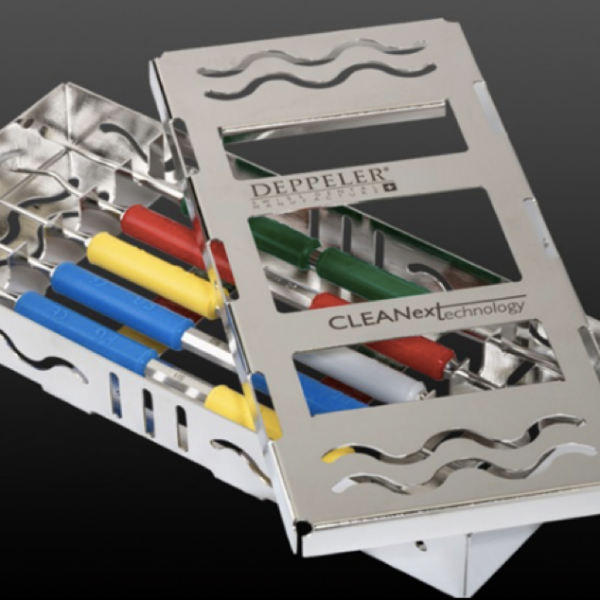
Apical Microsurgery for Conservative Management of a Broken File
06/01/2022
Ahmed Shawky
Warning: Undefined variable $post in /var/www/vhosts/styleitaliano-endodontics.org/endodontics.styleitaliano.org/wp-content/plugins/oxygen/component-framework/components/classes/code-block.class.php(133) : eval()'d code on line 2
Warning: Attempt to read property "ID" on null in /var/www/vhosts/styleitaliano-endodontics.org/endodontics.styleitaliano.org/wp-content/plugins/oxygen/component-framework/components/classes/code-block.class.php(133) : eval()'d code on line 2
The most common reason for fracture of rotary NiTi files are flexural and/or torsional fatigue. Even single use of instrument, can reduce the fracture incidence by only 0.9%. Unfortunately, even with advancements in metallurgy, file breakage could not be entirely overcomed due to the fact that the more the flexible the instruments, the more they are resistant to cyclic fatigue, but they will be assumed to be less resistant to torsional load, and vice versa.
The clinical decision making for management of broken file can start with either retrieval or bypass, depending on the case given. In this point, the endodontist must balance between biological and mechanical treatment objectives to be able to manage the separated instrument, eliminate the disease and promote long term survival of the tooth
In this article, A case of a maxillary first molar serving as an abutment to a multi-unit fixed partial denture having a broken instrument in the isthmus between MB1 and MB2 will be discussed.
Clinical examination confirmed the presence of symptomatic apical periodontitis, and the coronal restoration was judged sound by examination using the operating microscope.
CBCT evaluation confirmed absence of apical disease around the DB and palatal roots, therefore microsurgical approach was proposed and executed as a conservative option for treatment.
The microsurgical work flow involved soft tissue access, lesion removal, root-end resection, root-end preparation and root-end filling using premixed Putty Bioceramic.
Conclusions
Mechanically; Microsurgical approach can solve problems related to heavily restored teeth, which would be other-wise compromised by non-surgical approaches.
Biologically; Apical Microsurgery is considered as a single visit approach for management of complex cases of instrument separation having persistent apical periodontitis, with very high success rate.
Bibliography
Spili P, Parashos P, Messer H. The impact of instrument fracture on outcome of endodontic treatment. J Endod 2005;31:845-850.
Alapati SB, Brantley WA, Svec TA, Powers JM, Nusstein JM, Daehn GS. SEM observations of nickel-titanium rotary endodontic instruments that fractured during clinical use. J Endod 2005;31:40–43.
Parashos P, Gordon I, Messer HH. Factors influencing defects of rotary nickel-titanium endodontic instruments after clinical use. J Endod 2004; 30:722–725.
Pruett JP, Clement D J, Carnes DL Jr. Cyclic fatigue testing of NiTi endodontic instruments. J Endod 1997;23:77-85.
Arens FC, Hoen MM, Steiman HR, Dietz GC, Jr. Evaluation of single-use rotary nickel-titanium instruments. J Endod 2003;29:664–666.
Caballero‐Flores H, Nabeshima CK, Binotto E, Machado ME. Fracture incidence of instruments from a single‐file reciprocating system by students in an endodontic graduate programme: a cross‐sectional retrospective study. International endodontic journal. 2019 Jan;52(1):13-8.




